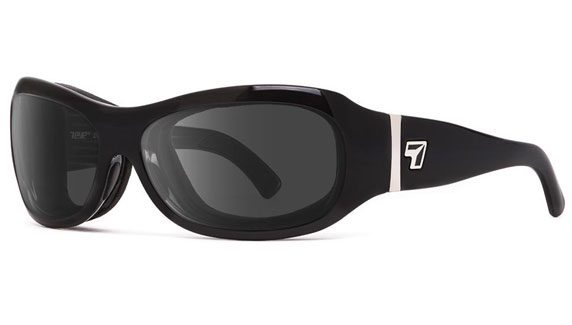Dry eye glasses with moisture chambers
At UK eyewear we offer a number of eyewear products to help to give relief to sufferers of dry eyes (DES). Our eyewear is available in prescription and none prescription form.
So what is Dry Eye?
If you have sandy, gritty irritated eyes or burning eyes and these symptoms get worse as the day goes on, you’re probably one of the millions of people with a problem called “dry eye”. Dry eye’s prevalence increases with age so that it is extremely common in older people of both sexes. The condition affects two-to-three times more women than men. Millions of people have moderate or severe symptoms of the disease and scientists estimate that 20 times as many have mild cases of dry eye. Now, after years of research, the good news is that we finally understand dry eye and there is something you can do about it.
Dry eye (also called dry eye syndrome) is a very common condition. Dry eye occurs when people don’t have either enough tears or the correct composition of tears, on the surface of their eyes to lubricate the eye and keep them comfortable.
The outer, oily, lipid layer of the tear film is produced by the meibomian glands in the eyelids and reduces evaporation of the tears. The thick, middle, watery (aqueous) layer is made by the lacrimal gland above the upper eyelid and washes away irritants.
The inner, mucus layer is secreted by the goblet cells in the conjunctiva of the eyelids and helps the tear film stick to the cornea.
All three components of the tear film are important and necessary for the eye to maintain a normal healthy environment. The balance of the tear film components can change in certain situations. If this occurs, environmental factors may become more important as causes of uncomfortable, dry feeling eyes.
Why is the eye covered by tears?
It’s because the delicate living tissue on the surface of your eye has no blood supply – it has a tear supply instead. So rather than getting important things like oxygen and electrolytes from the blood, your eye surface gets them from the watery layer of your tears. In dry eye, the tear film on the eye surface loses water because of either decreased tear production or increased evaporation. And as evaporation continues throughout the day, your eyes feel drier and drier.
The Symptoms of Dry Eyes
In the same way that there are many factors that can lead to dry feeling eyes, every sufferer may experience different symptoms of differing severity. The common symptoms are:
Feeling of dryness
Itchiness or scratchiness
Burning or stinging
Foreign body sensation
Grittiness Tired eyes
Forced blinking
Increased light sensitivity
There are many different factors that can contribute to dry feeling eyes:
Dry environment – central heating or air conditioning can increase the evaporation of tears and windy weather can exacerbate the feeling of tired, irritating eyes.
Wearing contact lenses or doing anything that reduces blinking may make your eyes more uncomfortable, such as watching TV or using a computer screen.
Ageing – dry feeling eyes are more prevalent in people aged 45+ due to reduced tear production.
Hormonal changes – women, in particular, can become more susceptible to dry feeling eyes when they approach the menopause.
Medication – certain prescription and over the counter medicines can lead to a reduction in wetting of the eye surface, particularly hormone treatments like the contraceptive pill and HRT.
Poor diet – supplementing your diet with vitamins, minerals, and essential oils have been shown to help with dry feeling eyes.
Post Op – Patients having undergone eye, facial, ear, or brain operations can suffer varying degrees of temporary paralysis of the face including reduced ability to blink.


